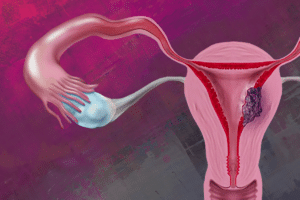The patient is 50% of the clinical equation, but as medical educators, we haven’t always saved a seat for the patient at the education table. We at CME Outfitters would like to share some of our goals and commitments to make some educational adjustments in 2015 to change that scenario.
Few would deny that patient-centered care is the guiding principle of healthcare. Treating patients with respect, hearing and valuing their concerns, and involving them as decisions about their care is the foundation of the National Quality Strategy Prioirities1 and the “triple aim” of improving care, health, and cost of care.
An involved, aware, and informed patient is more prepared to engage in their care decisions and manage their health costs. An activated patient does more than follow the advice of their health care provider, they proactively engage to have skin in the game.
Judith Hibbard, PhD and colleagues described a model of patient activation—the willingness to take ownership of one’s health and gain the knowledge and skill to use that knowledge to participate in managing chronic illness that involves four stages:
Stage 1: Believing the patient role is important
Stage 2: Having the confidence and knowledge to take action
Stage 3: Using skills to take action to improve health
Stage 4: Staying the course to maintain health, even under stress.2
The evidence supports the activation model as an influencer in positive patient outcomes. Sacks and colleagues found that higher patient activation predicted better depression outcomes and support of patient activation may be an effective approach to reduce depression severity.3
Health care providers have played an important role in educating and empowering patients and beginning in 2015, there are provisions in the Affordable Care Act to reimburse providers $42/patient per month for engagement of Medicare patients with three or more chronic illnesses outside of the clinic visit for services and education to assess medical and psychosocial needs; assess adherence to medication; and transition patients from the hospital to home or nursing home.
Where to begin? That’s where we come in. CME Outfitters is committed to devoting time in each of our activities to help you better activate your patients—provide the tools to increase knowledge, skills, and confidence—to take an active role to improve outcomes, reduce readmissions, and reduce overall health care costs of chronic illnesses. We’ve started the process by using real patient scenarios and vignettes to demonstrate our educational objectives. Look to our revised Clinical Compass newsletter for new opportunities to place the patient at the center of your education and translate the education to patient activation and healthy behaviors in your practice.
References
1 National Quality Strategy Overview. http://www.ahrq.gov/workingforquality/about.htm. Accessed 5/6/14.
2 Hibbard JH, Stockard J, Mahoney ER, Tusler M. Development of the Patient Activation Measure (PAM): Conceptualizing and Measuring Activation in Patients and Consumers. Health Serv Res. 2004;39(4 Pt 1): 1005-1026.
3Sacks RM, Greene J, Hibbard JH, Overton V. How will do patient activation scores predict depression outcomes one year later? J Affect Disord, 2014;169:1-6.







